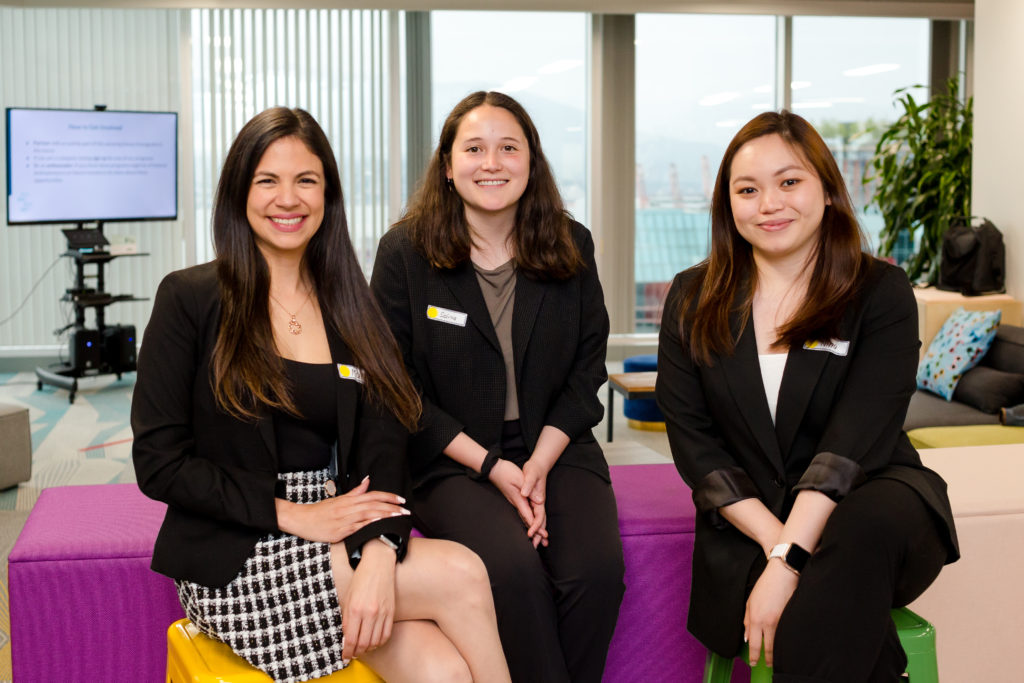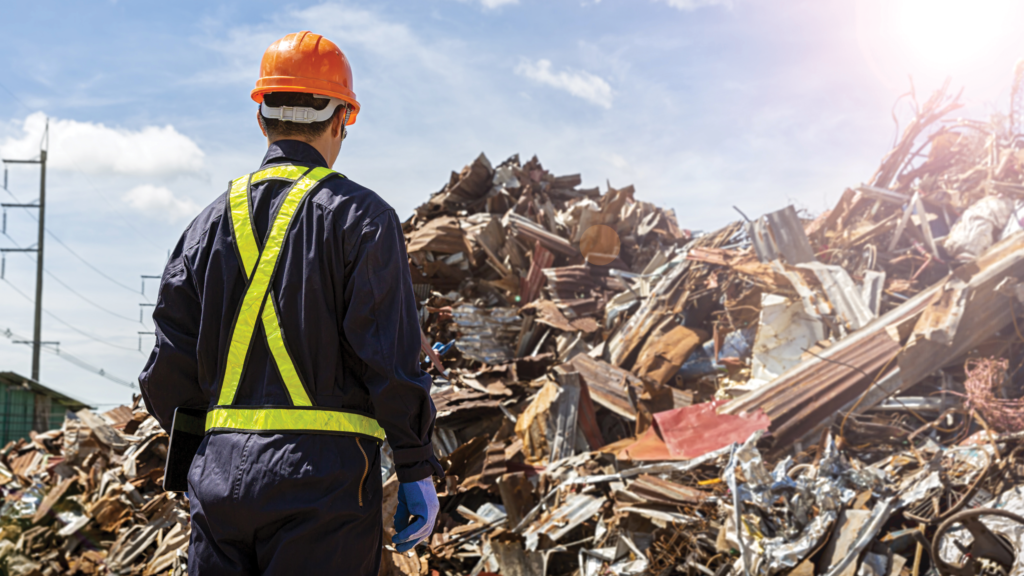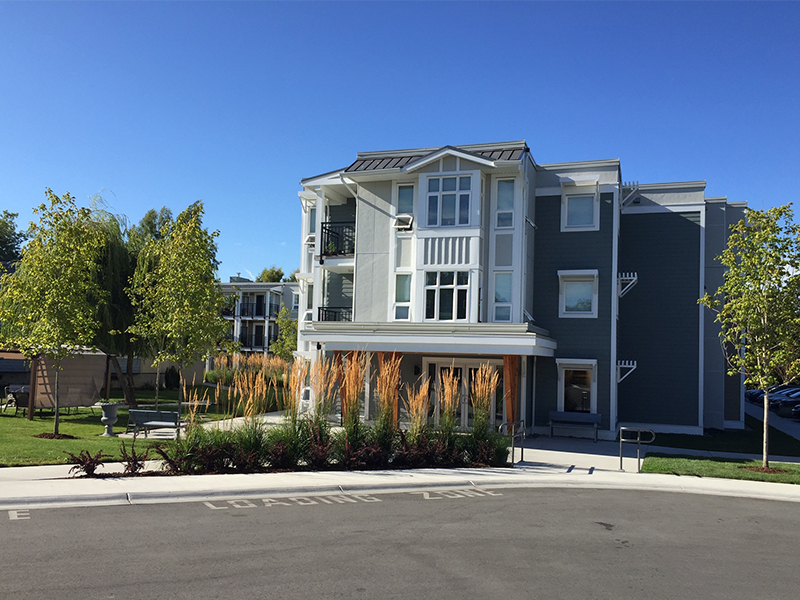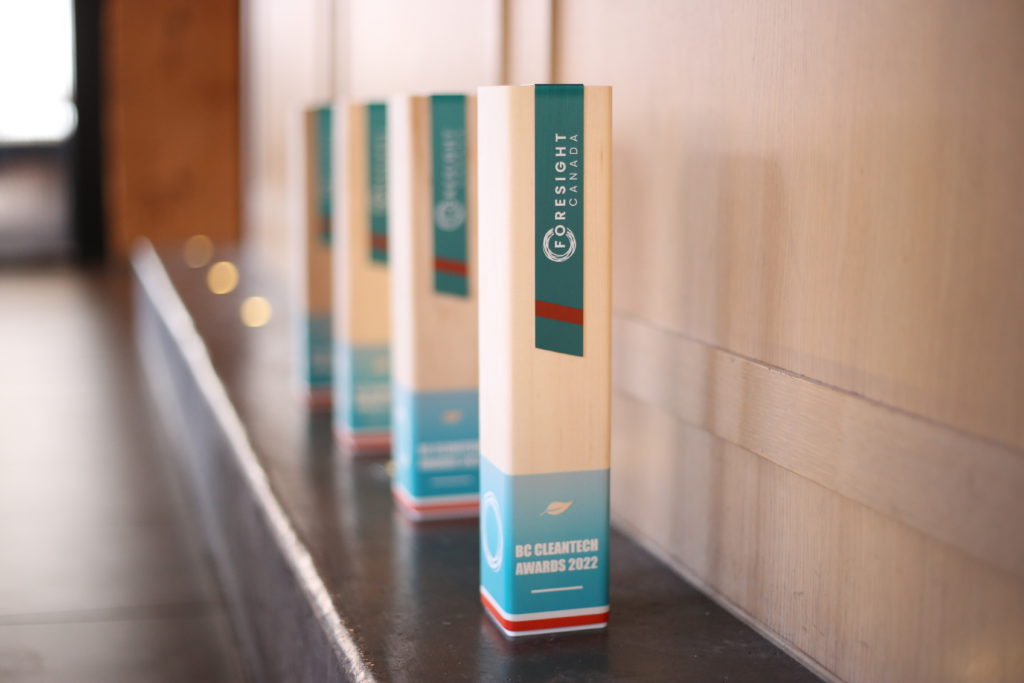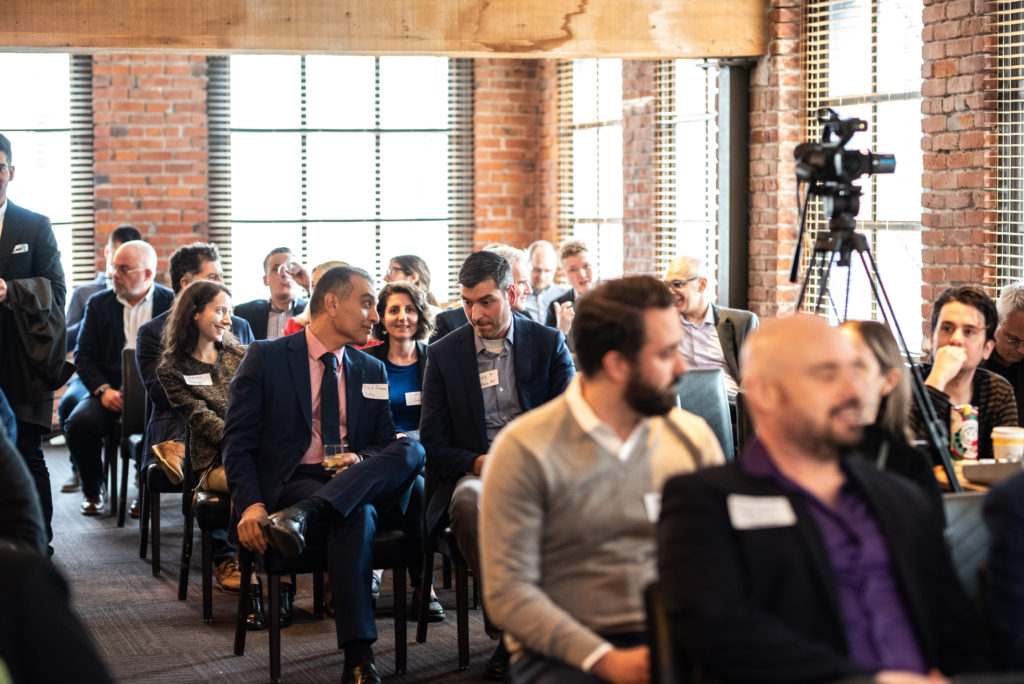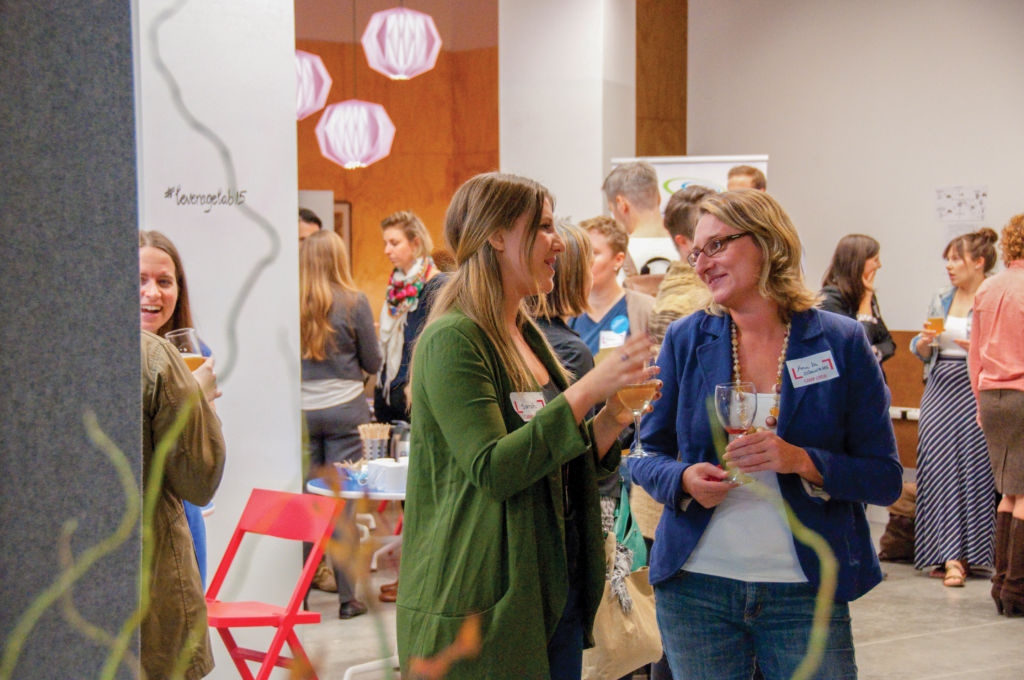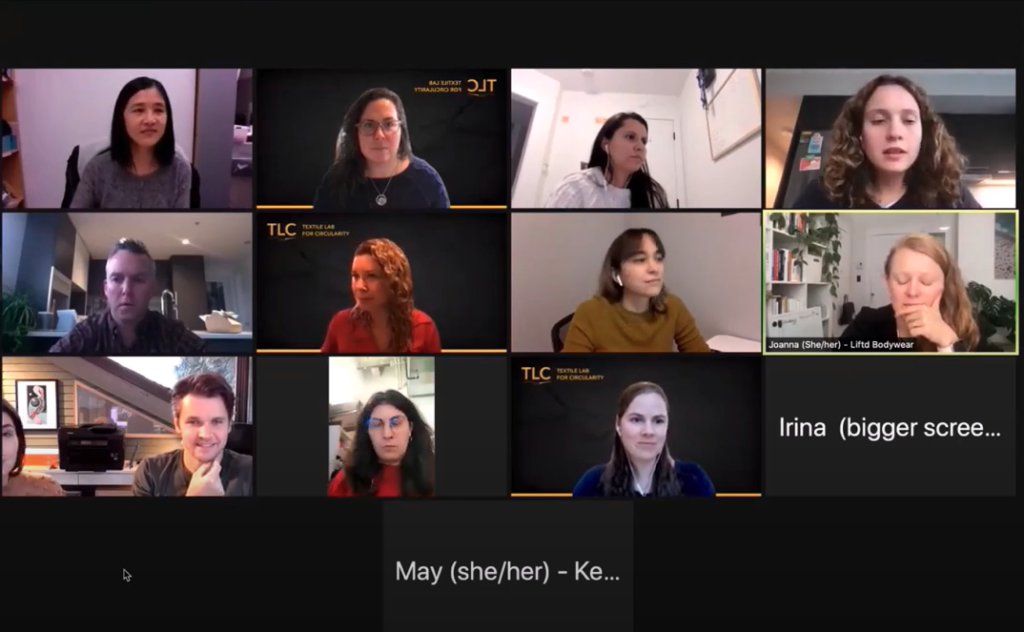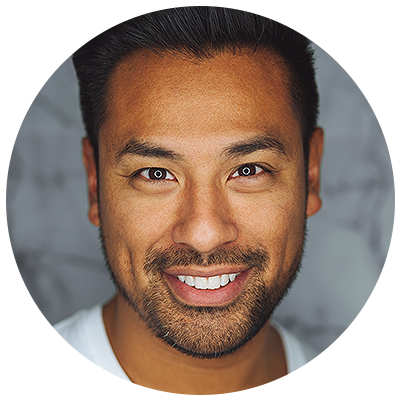As a CAMSC-certified company, diversity is likely a key part of your identity and a value your brand is committed to supporting. Communicating this commitment to diversity will help drive your impact and demonstrate that diversity, equity, and inclusion (DEI) is an authentic part of your brand.
Keep scrolling to discover why sharing your DEI story is an important step on your impact journey and to learn actionable tips that will give your purpose-driven marketing strategy a boost.
Why is DEI Marketing Important?
A DEI marketing strategy is no longer a nice-to-have, it can be make-or-break. In a 2019 survey conducted by Adobe, 61% of respondents said diversity in ads was important. The majority of consumers care about diversity, equity, and inclusion and are interested in marketing that visibly communicates a company’s commitment to DEI.
Marketing that is diverse, equitable, and inclusive also builds trust with current and prospective customers. In the same Adobe survey, 38% of the respondents said they’re more likely to trust a brand with diversity in its advertising, while a Microsoft Advertising Inclusive Marketing Research study found that 70% of Gen Z consumers feel greater trust for brands that represent diversity in their ads.
Along with building trust and demonstrating a commitment to shared values, DEI representation in marketing drives up engagement and creates long-lasting emotional bonds with your desired audience. For example, 76% of Gen Z consumers are more likely to support brands with authentic advertising.
DEI marketing is important for another reason as well: it draws in loyal, like-minded consumers who share your vision of a better world, and thus, are more likely to be interested in supporting your CAMSC-certified diverse business and furthering the DEI cause. A recent Deloitte study found that 57% of consumers are more loyal to brands with a commitment to addressing social inequities and that 90% of Gen Z consumers are more willing to make a purchase they believe is beneficial to society.
When a CAMSC-certified company uses DEI marketing to communicate their unique and authentic diversity story, it’s a win for everyone. It will drive up visibility and engagement for your brand, expand your audience, and further the DEI cause, creating positive impact for all.
What Does Effective DEI Marketing Look Like?
DEI marketing should be representative of both your internal team and the audience you want to engage with your brand. So, what does that look like exactly?
Effective DEI marketing removes barriers, celebrates differences, and invites everyone to interact with you by communicating your unique story and values in a way that forms a strong emotional connection. It contains imagery and messaging that is accessible, inclusive, representative of folks from different walks of life and backgrounds, and keeps gender balance in mind.
After all, representation is a bridge to your brand. Consumers want to feel seen and heard, and will ask themselves, “can I see myself in this?,” which is why 47% of Gen Z consumers are more likely to trust brands that they feel represent them in their advertising. Unfortunately, a Top Design Firms’ study found that only 29% of BIPOC consumers feel that their race is accurately represented in advertising, and a 2021 Facebook study found that 54% of consumers do not feel culturally represented in online advertising, even though 71% of consumers expect brands to promote diversity and inclusion and 59% are more loyal to brands with diverse and inclusive online advertising.
If consumers can’t see themselves as the right fit for an organization’s product or service then they will not feel connected to a brand, and that feeling could result in decreased engagement. To build that bridge and invite in your desired audience, your DEI marketing should represent them accurately while avoiding homogenous, biased, or cliched imagery and messaging.
Communicating Your Diversity
As part of an effective DEI marketing strategy, you can communicate your diversity story with the following suggestions.
- Put your CAMSC certification in places where they will be seen, such as your website footer, email signatures, social media profiles, and advertisements and collateral. If you’ve invested in certification, be sure to put it on display.
- Use images that are representative of diversity, equity, and inclusion across all your content and channels. Consider doing a content audit, if necessary. It’s important to be vigilant when it comes to your visuals so that you avoid exclusionary, biased, or cliched imagery. There are a lot of different databases with stock image collections that represent different demographics and underrepresented groups. You can also use images of your diverse CAMSC-certified team on your website, instead of stock images.
- Avoid exclusionary language choices. Words are powerful, which is why it’s important to carefully select each word to ensure it supports your message and welcomes your audience. Stay up to date on politically correct terms, look at how different groups refer to themselves and echo their wording to avoid problematic language, use gender neutral words, and be mindful not to include language that supports stereotypes.
- Ensure that your content is accessible for individuals with disabilities. The Web Content Accessibility Guidelines (WCAG) provides the international standard for making web-based content accessible for people with disabilities. You can test your webpages and marketing collateral against these standards to help you determine how accessible your website will be for everyone. Make adjustments as needed and ensure text and visuals are clear, readable, and compatible with screen readers.
- Get everyone’s input. Since your CAMSC-certified organization has a diverse team, it can be extremely helpful to give everyone the chance to provide their input. By bringing forward their unique backgrounds, perspectives, and identities, your teammates can help identify problem areas and provide innovative ways to communicate to audience segments you want to include. Just a note: don’t expect diverse employees to heavy-lift educating fellow staff and/or consumers. Be respectful of their time, energy, and boundaries, and consider how you can compensate them for their efforts if they agree to help out beyond their usual job description scope.
Conclusion
Integrating diversity, equity, and inclusion into your marketing, communications, and content is a huge part of walking your talk and sparking positive change. Creating a more equitable, inclusive, and diverse society rests on all of us. If you can demonstrate that you can do this in your business by marketing with purpose and communicating your DEI story, other people will look at what you’ve done as an example of what they can do as well.
Join Forces With Sparx
As a CAMSC-certified organization, Sparx would love to work with you to build a more diverse, inclusive, and equitable community. Want to team up? Give us a shout for a free consultation. Together, we can help make your diversity story shine.
